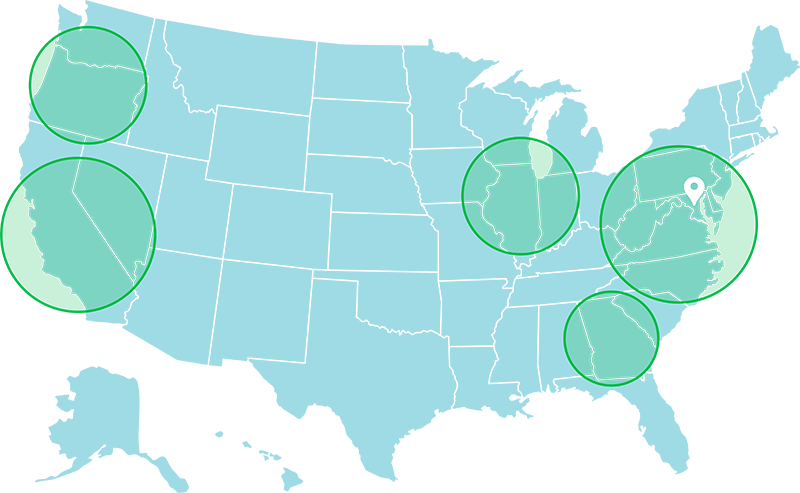Curious to learn more about family mediation and how it can benefit your family? Check out our frequently asked questions now.
10411 Motor City Drive, Suite 750
Bethesda, MD 20817
Main (301) 485-9272
Cell (301) 785-8972

Feig Mediation Group is based in Bethesda, Maryland and offers family mediation services not only in Maryland, Washington DC, and Virginia, but also to families and parents nationwide through convenient online mediation sessions. Learn more
Feig Mediation Group, LLC 2021–2025©
Feig Mediation Group, LLC is an independent mediation and dispute resolution practice. It is not affiliated with any law firm and does not provide legal advice or legal services of any kind.